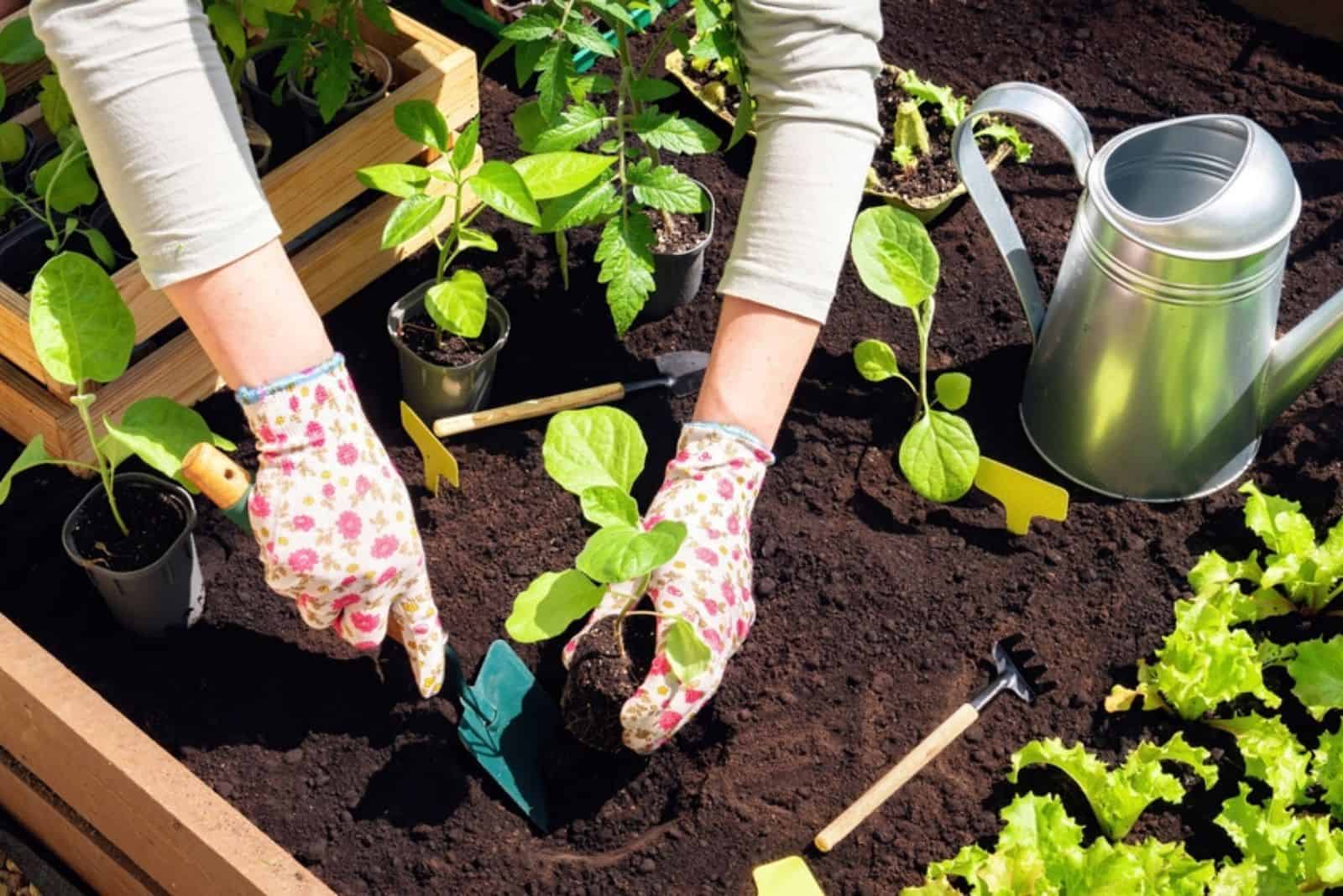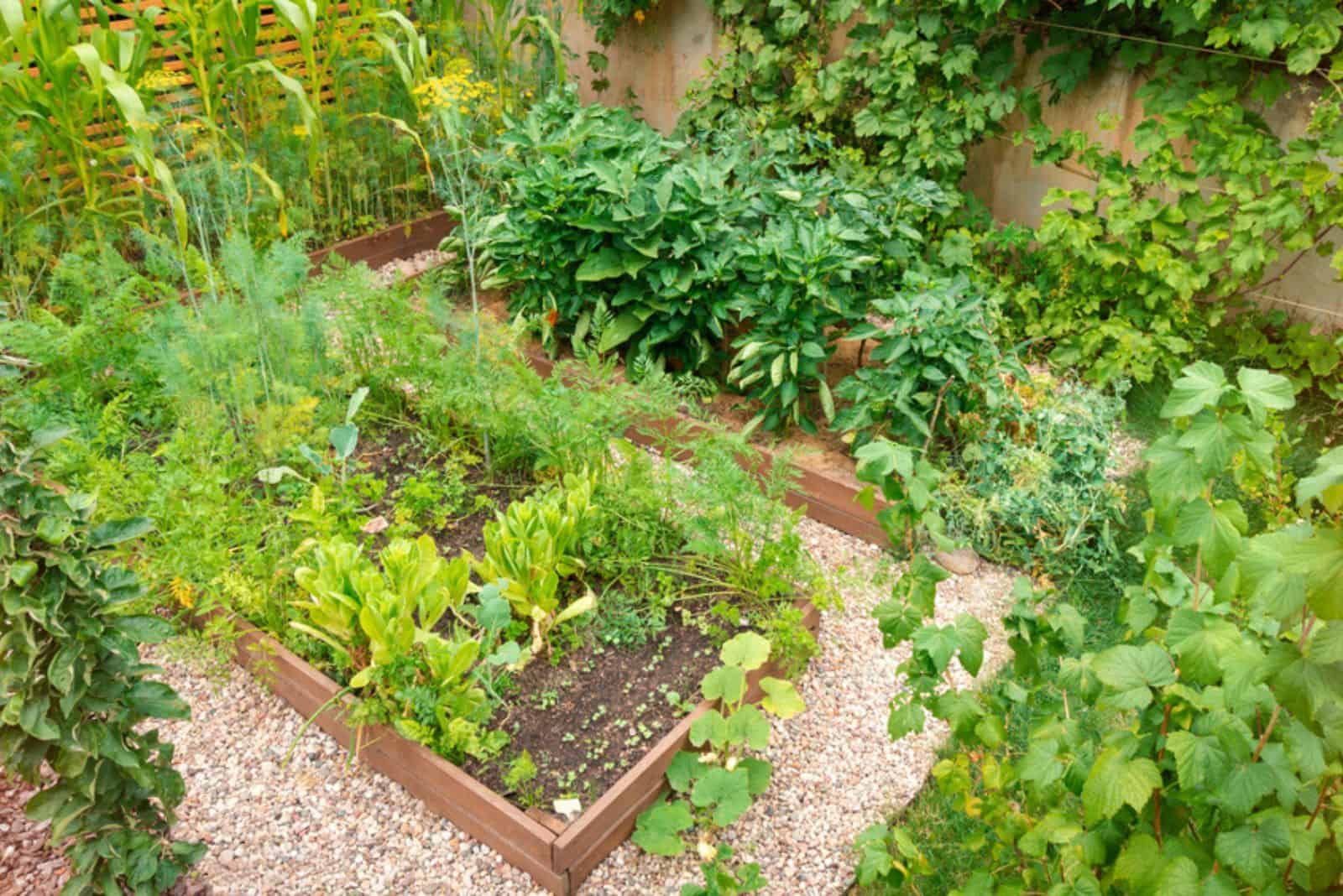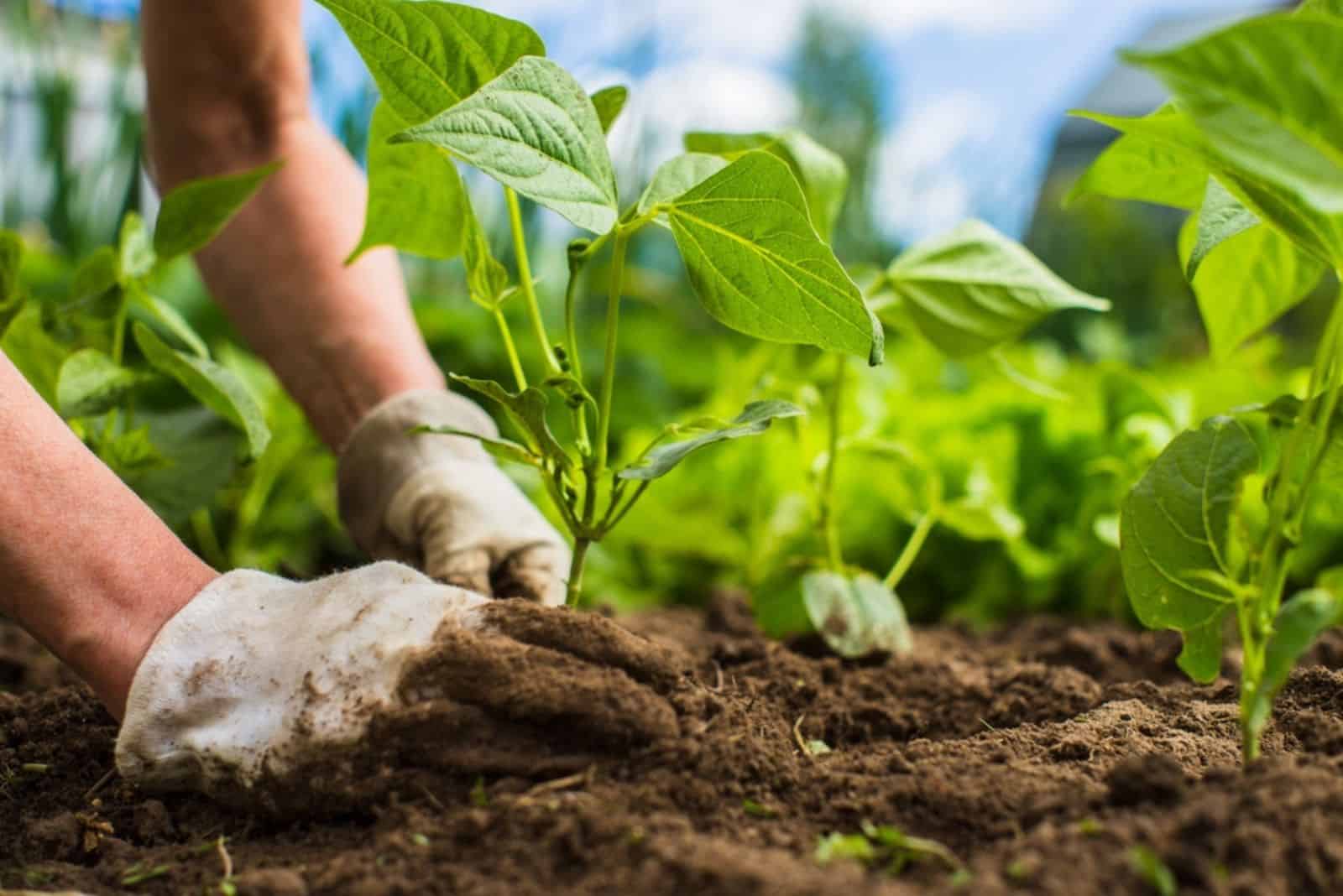No one can say that gardening is simple. It does have many benefits but there’s definitely more to it than it meets the eye.
Once you enter this world, you’ll see there are so many tasks to do, such as soil treatment, de-weeding, fertilization… the list is really long.
But there’s one growing practice that requires low to zero maintenance: permaculture.
It comprises different low-cost and easy growing techniques, such as companion planting and creating a pollinator and pest-free garden. You’ll get your own food forest without putting in a lot of effort.
Are you eager to learn how to grow a permaculture food forest in your yard? Let’s get started!
More About Permaculture
This may be the first time some of you hear of permaculture. Let’s get one thing straight: permaculture differs from horticulture. Permaculture is mainly focused on caring for the earth whereas horticulture is more oriented toward commercial crop production.
Surprisingly, this growing practice isn’t something new and has actually been around for about 2 millennia. Indigenous people of Asia, the Americas, and Africa have been using it to grow edibles and medicinal crops for generations.
Permaculture practice focuses on mimicking forest features. There aren’t any rules on the spacing between plants, so it looks completely natural.
Back in the 70s, Bill Mollison and David Holmgren introduced this practice to urban and suburban gardeners and referred to it as permaculture.
Worried about the present global situation, gardeners have become more interested in this way of cultivation.
Starting Your Food Forest
I’m sure you’re wondering where to start. Well, let’s begin with the needed space.
Your food forest should have some tall and some short plant species, from trees to cover crops, so make sure you have enough space for all of them.
Start with planting tall trees. Nut trees are an excellent choice as well as some fruit trees, such as pear and cherry.
The next step is to plant shorter shrubs; I recommend raspberries, blueberries, and rosemary.
Herbs should also be on your to-plant list. Sage, oregano, and thyme are just some of the herbs you can plant in your food forest.
Lastly, you’ll need to add some cover crops that will attract pollinators and boost nutrient levels in the soil. Bush beans and clover will do an amazing job.
Grow Pest-repellent Plants
Pests are inevitable and probably the most annoying part of gardening. Growing pest-repellent plants is another technique employed in permaculture. It’s actually the only way to deal with pests because pesticides aren’t allowed.
For instance, if you want to deter aphids, you can grow plants that emit strong fragrances, such as Alliums, marigolds, or lavender.
If you need plants that will deter squirrels or rabbits, mint, daffodils, and geraniums are an excellent choice.
No matter how hard we try, sometimes it’s really impossible to have a completely pest-free garden. However, if you keep your garden diverse, your plants will be more resistant even if some critter comes by for a feast.
Form A Diverse Ecosystem
If you grow only one plant in a raised bed or leave a lot of space between each plant, you’ll need to fertilize, de-weed, and deal with pests frequently.
The first thing you’ll save on is the seeds since the majority of these plants are self-seeding species and perennials.
The abovementioned cover crops have the ability to fix the nutrient levels in the soil, which means you don’t need to worry about fertilization.
Additionally, cover crops trap moisture in the soil because they protect the soil from sunlight, resulting in a slower water evaporation rate.
The more diverse your food forest is, the better and healthier the plants will be.
Final Thoughts
Is a permaculture food forest really worth it? Well, think of what you get if you decide on it. First, you’ll get so many different crops, which wouldn’t be the case if you planted them separately and cared too much about spacing.
Your garden will also be full of beneficial insects and pollinators, which we all desire. You will save water and there’s no need to purchase expensive fertilizers. Mother Nature will definitely appreciate it.



